Introduction
In August 2020, Citibank's lending operation made a huge digital banking error.
Instead of the intended interest payment of $7.8 million, the complete sum of $900 million was sent due to a user interface blunder.
This incident is one of Citibank's most significant digital banking mishaps, highlighting the importance of flawless user experience design and robust internal processes as the blunder resulted from a lapse in user interface design of the banking software, leading to an unintended transfer and later, legal issues.
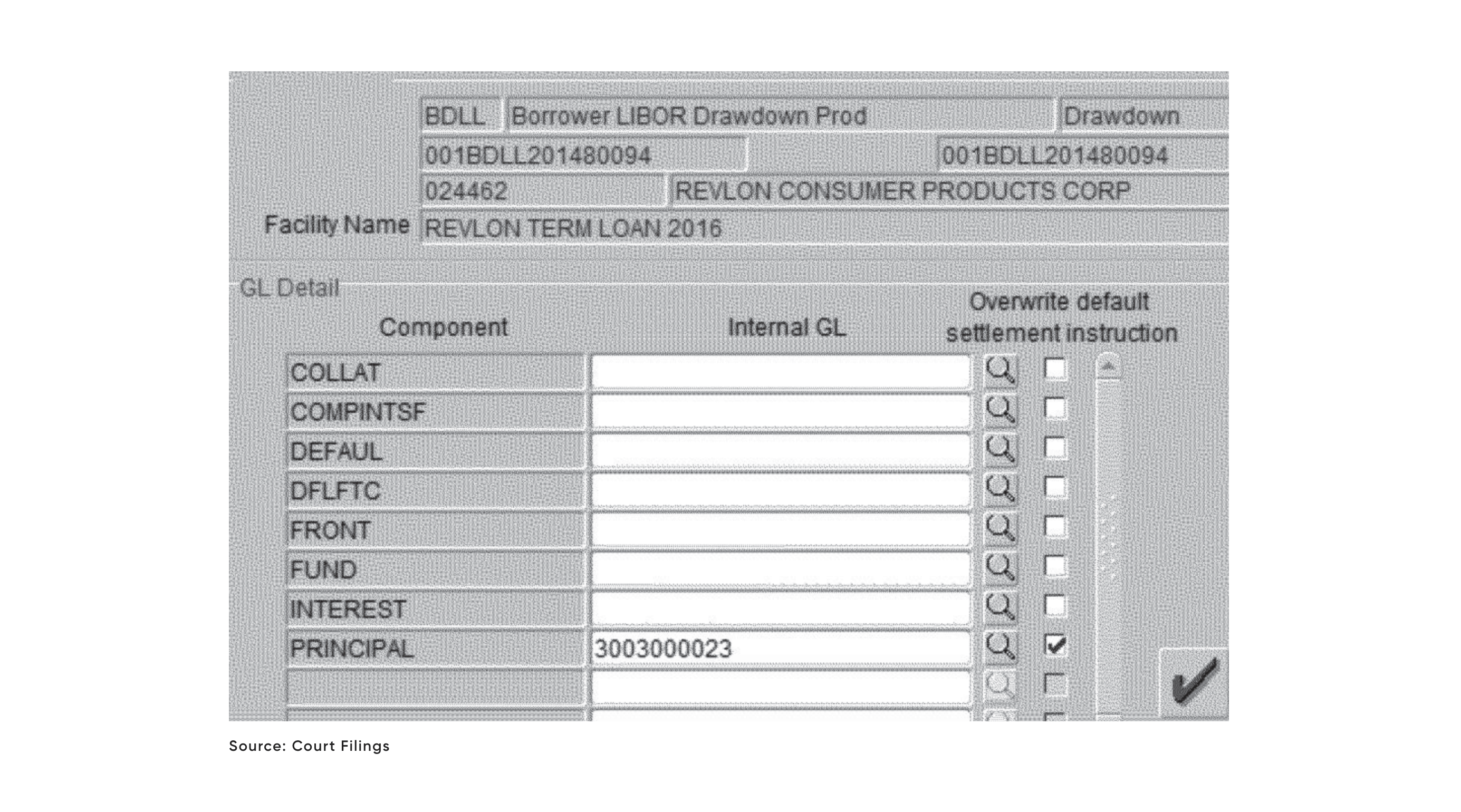
While bad design has several drawbacks like the Citibank fiasco, good design tends to deliver great business value.
According to a Forrester research, investing in user experience delivers a 99% ROI for every $1 spent. The same research states that good UI can increase conversion rates by up to 200%, and good UX can double this — up to 400%.
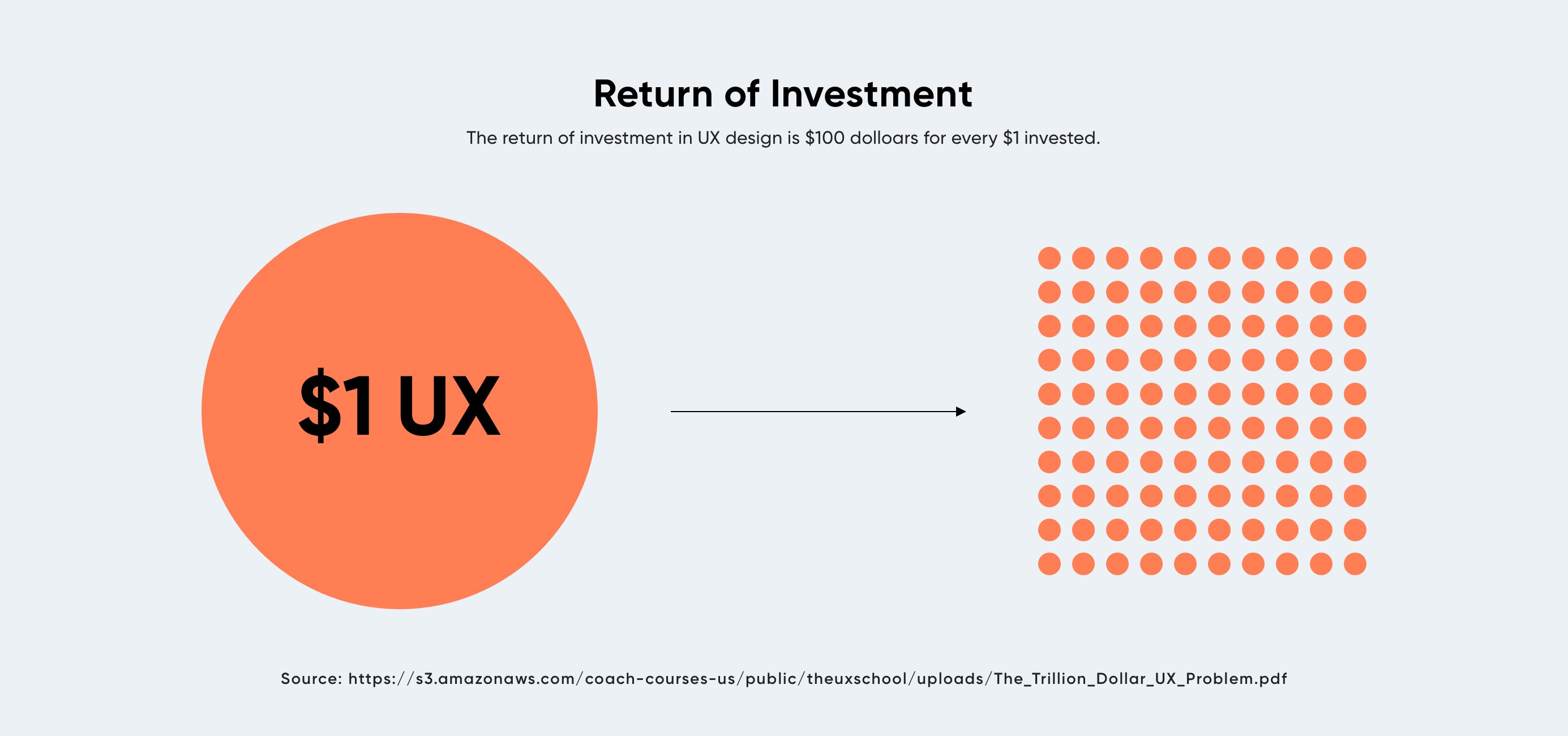
The Business Benefits of Effective Design
An effective design offers several business benefits, ranging from enhanced brand perception and competitive advantage.
Enhanced Brand Perception And Recognition
Establishing an improved image for the brand helps elevate its perception and recognition by the target audience.
First Impressions Matter
Great designs create a positive first impression, shaping how customers perceive a brand, product, or service.
For example, Netflix utilizes original content production and personalized recommendations algorithms to create a highly addictive streaming experience.
- The Netflix Logo: The simple red "N" logo is instantly recognizable and has become synonymous with streaming entertainment. Its minimalist design and bold color make it visually striking and easy to remember across various marketing materials and devices. This reinforces brand presence and strengthens recall among potential and existing subscribers.
- The Ta-Dum Sound: The iconic "ta-dum" sound effect plays before every Netflix original program. It is used in trailers and marketing campaigns, creating a unique identity and reinforcing brand recognition.
- Viewers-First Concept: The Netflix homepage provides a sense of home to users. The elements, such as - recommended movies and similar shows, continue watching, offer comfort, familiarity, and a sense of ownership over one's viewing experience. It positions Netflix as a platform for personal enjoyment and self-expression, fostering positive associations with the brand.
- Netflix and Chill: This popular, unofficial slang term positions Netflix as a platform for leisure activities and social bonding, creating a sense of community and belonging.
Trust And Loyalty Is The Key
Consistent and attractive design fosters trust and loyalty for customers. They tend to recognize and remember well-designed brands, creating emotional connections and encouraging repeat business.
Dropbox’s clean interface, focus on security, and user-friendly file sharing capabilities have made it a trusted cloud storage solution. Their design emphasizes ease of use and reliability, building confidence among users.
Dropbox's interface provides a sense of order, facilitating user navigation and minimizing confusion. By prioritizing clarity, Dropbox cultivates user trust, as individuals are more likely to feel in control and understand platform operations.
Intuitive interactions further contribute to user-friendliness, reducing the learning curve and encouraging confident engagement.
Another key trust-building feature is Dropbox's granular control over file sharing permissions, allowing users precise authority over access levels.
The platform's commitment to security is transparently communicated, emphasizing encryption, two-factor authentication, and robust data privacy policies. Visual cues, such as icons highlighting security features, reinforce the commitment to user data protection, building trust through clear visual communication.
The results are evident as Dropbox announced its First Quarter Revenue of $611.1 Million, up 8.7% year-over-year; on a constant currency basis, up 11.6% year-over-year showing the business value of the brand, aided by great design.
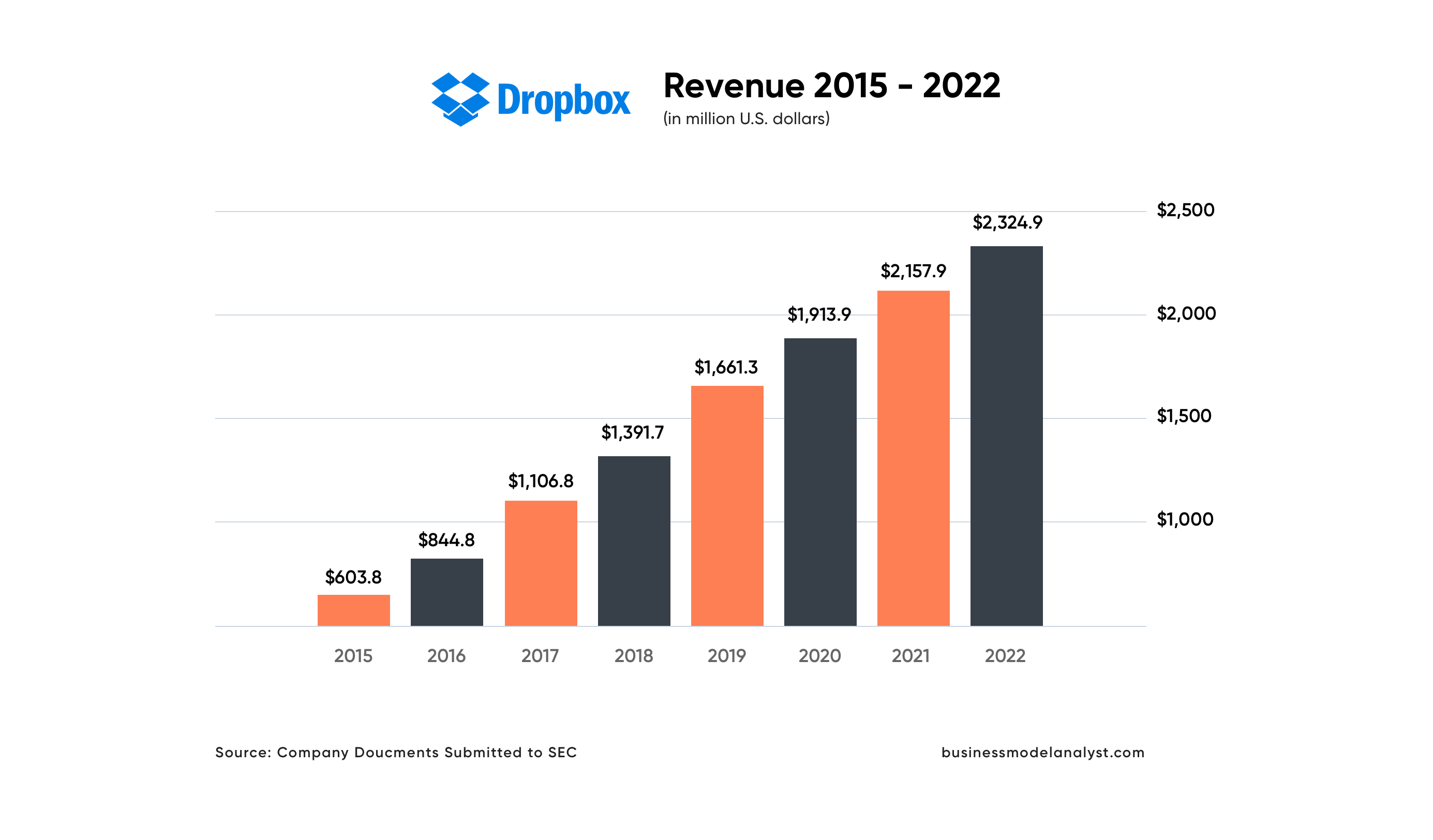
Premium Perception and Pricing
Well-designed products and services tend to attract a premium price. Customers tend to associate good design with higher quality and value and are willing to pay more for a superior experience. According to Adobe, 70% of customers say it’s very important for an organization to deliver a unified, seamless experience at any point of interaction.
Tesla’s sleek, minimalist vehicle design and futuristic interiors differentiate it from traditional car brands. Innovation like autopilot features and seamless charging infrastructure help the brand create a unique user experience. As of 2023, it is one of the leading brands in the USA.
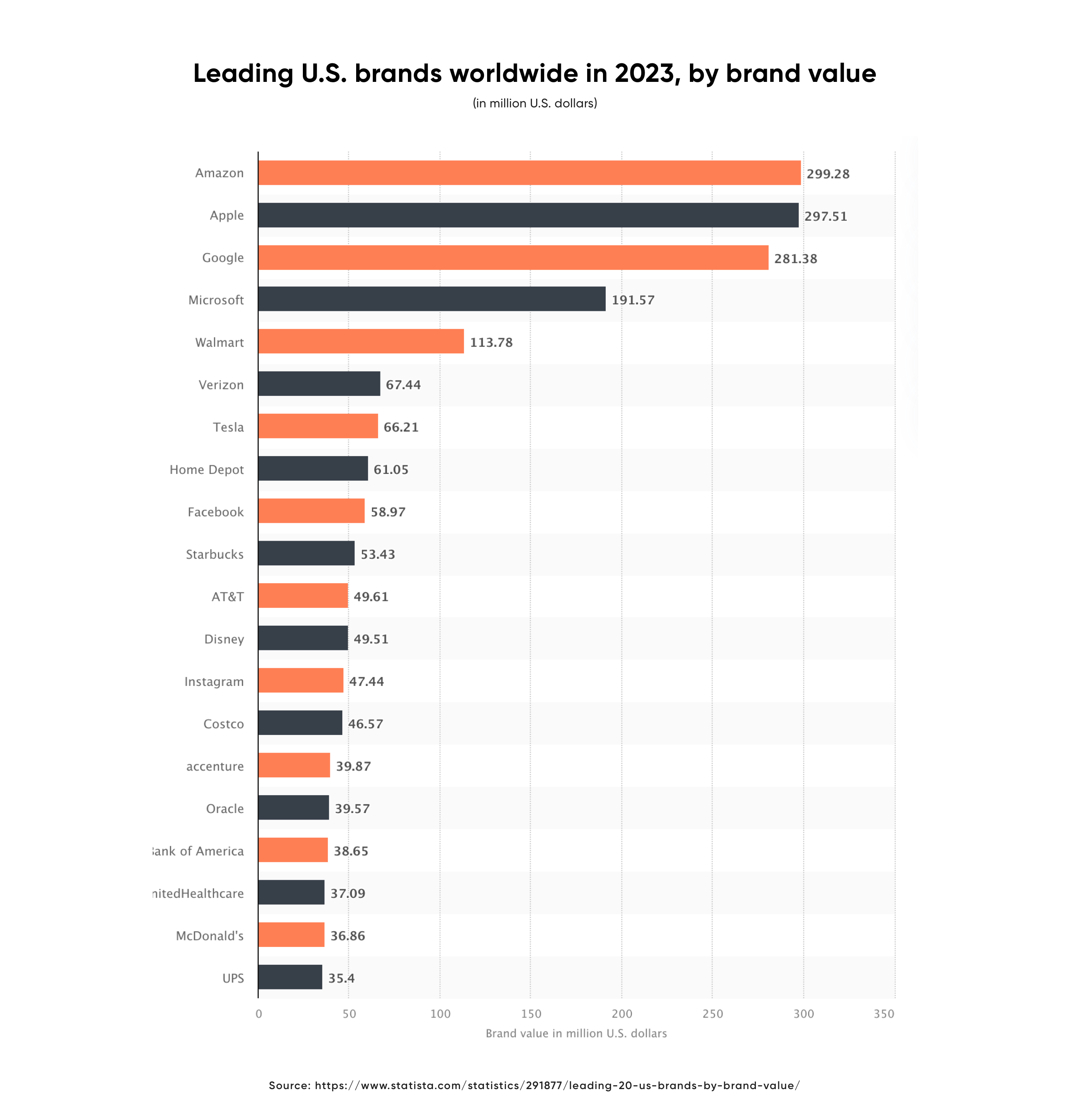
Competitive Advantage And Market Differentiation
Brands can gain a strategic advantage by highlighting unique features through design.
 Solving Customer Problems
Solving Customer Problems
Design thinking, a core aspect of effective design, focuses on understanding user needs and challenges. By creating innovative solutions that address real problems, brands can gain a competitive edge and attract new customers.
Slack introduced a dynamic communication platform with interactive channels, emojis, and playful branding. Acquired by Salesforce for $27.7 billion, Slack is quickly becoming the go-to tool for workplace collaboration.
Here are some results from the brand’s first quarter fiscal report of 2022:
- Total revenue of $273.4 million, up 36% year-over-year
- Added over 13,000 net new Paid Customers, for a total of 169,000
- Over 950,000 connected endpoints on Slack Connect, up 265% year-over-year
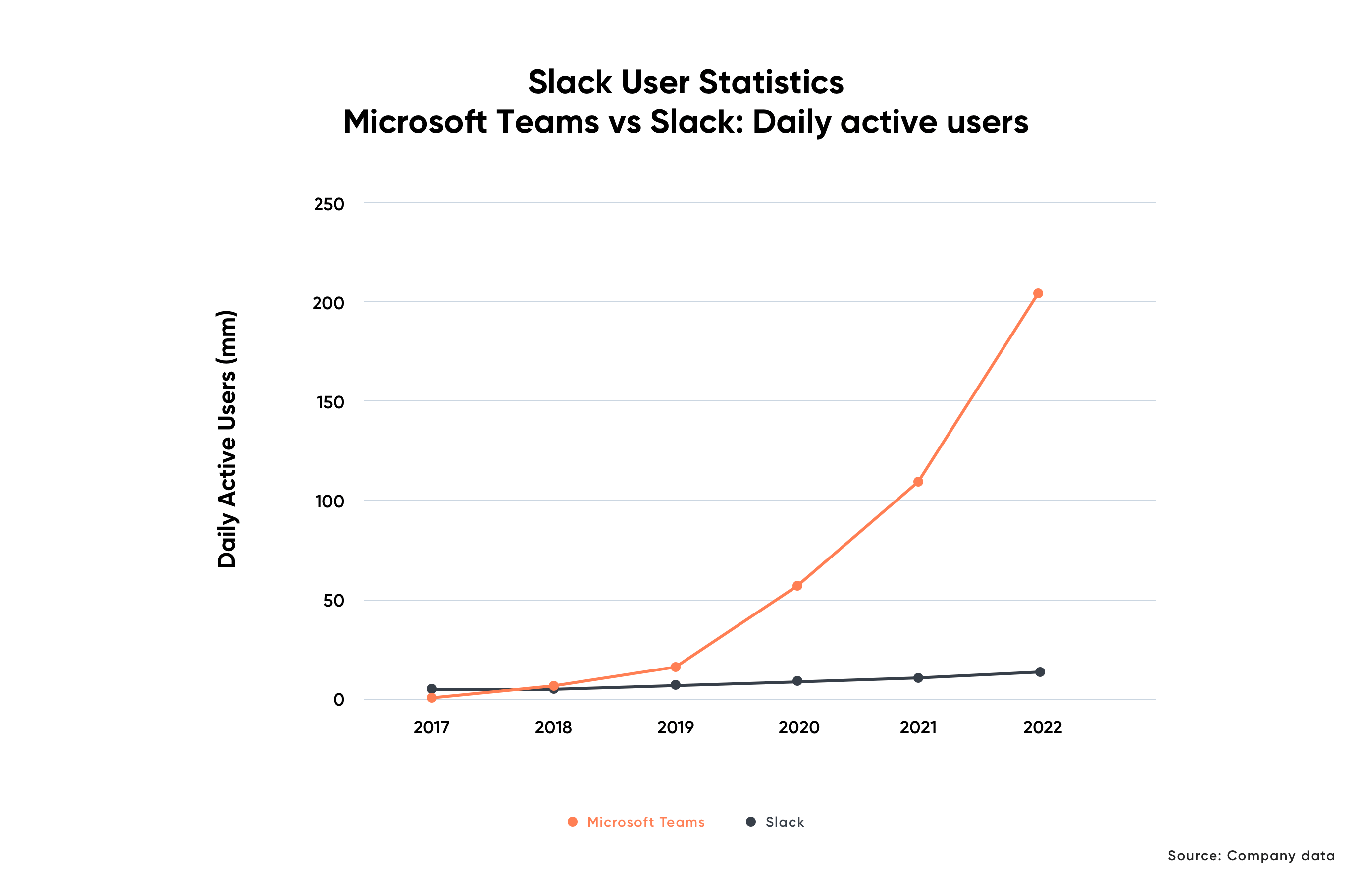
 Standing Out from the Crowd
Standing Out from the Crowd
Effective design differentiates brands in a crowded marketplace. Unique and functional design elements make a brand memorable and increase recall among potential customers.
Duolingo provides gamified language learning with bite-sized lessons and a competitive spirit. A simple interface makes it a hit with the users. It comes as no surprise that during the third quarter of 2023, Duolingo had approximately 24.2 million daily active users. This was an increase of more than 63 percent year-over-year, as well as a quarterly growth of around 13 percent.
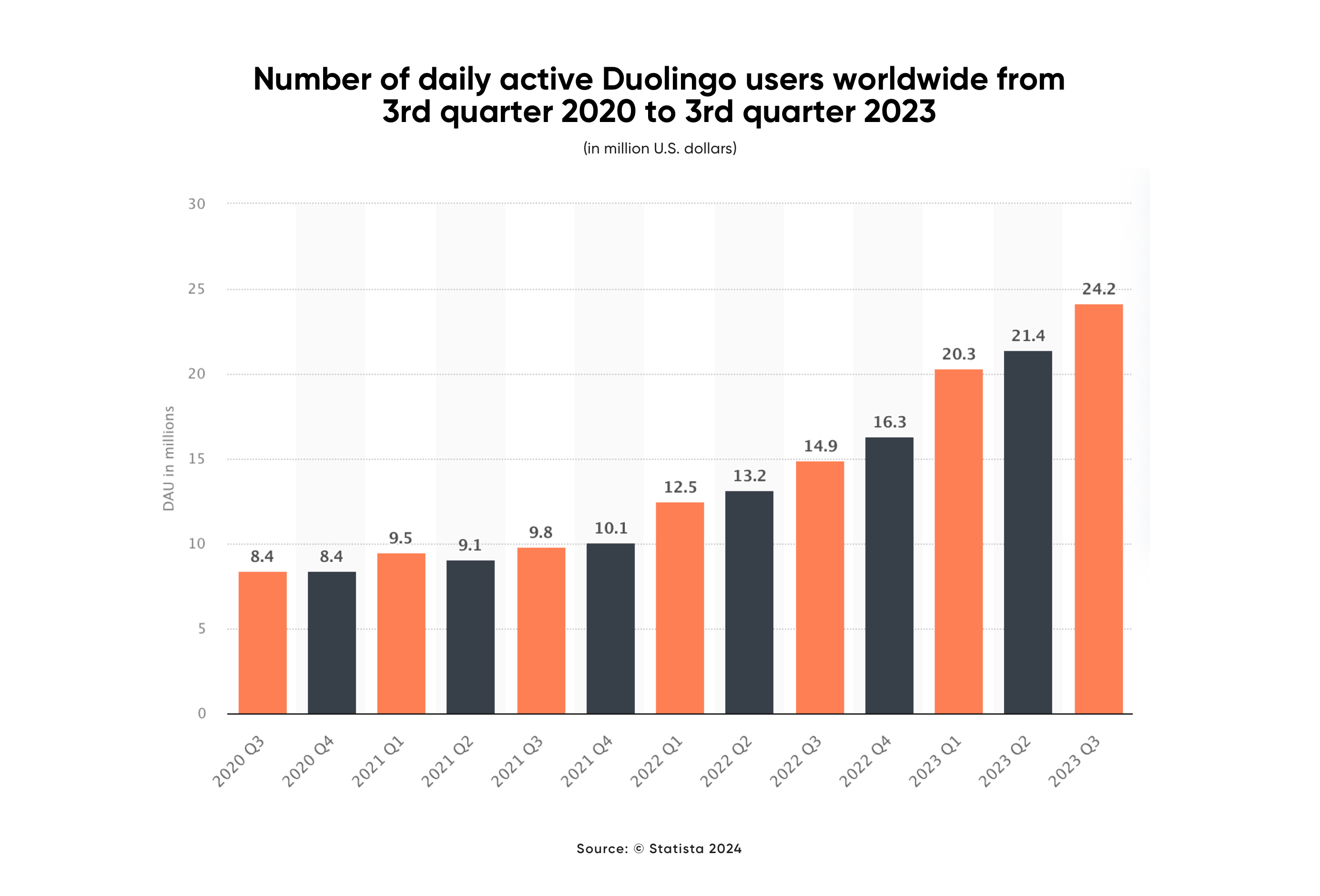
Integrating Design Within Organizations For Business Success
Building a design-centric culture isn't about building a design team and expecting miracles. It's about fostering a collaborative environment where design thinking takes the center stage. Here's how to integrate design for business success.
 Cultivating Design Awareness
Cultivating Design Awareness
Training and empowerment for all employees, not just designers.
- Design Fundamentals Workshops: Offer interactive sessions across departments, demystifying design principles and their impact on business goals.
- Empathy Breaks: Facilitate short, team-based activities where employees experience user challenges firsthand, building understanding and empathy.
 Collaborative Spirit
Collaborative Spirit
Design is all about collaboration and not working in silos.
- Cross-Functional Design Teams: Integrate designers seamlessly into product development, marketing, and customer service teams for holistic problem-solving.
- Design Perspectives: Gather diverse stakeholders for interactive brainstorm sessions, ensuring different perspectives contribute to design decisions.
 Design-Led Product Development
Design-Led Product Development
It is the user's needs, which should drive product direction, not the other way around.
- Persona Development Workshops: Collaboratively build user profiles to understand their motivations, pain points, and decision-making processes.
- Rapid Prototyping Sessions: Quickly create and test low-fidelity prototypes with real users, iterating based on their feedback.
 Measuring Design Impact
Measuring Design Impact
Demonstrate the ROI of design through tangible metrics.
- Conversion Rate Optimization (CRO) A/B Testing: Experiment with different design elements on your website or app to identify what drives conversions.
- Customer Satisfaction Surveys: Track how design changes impact user experience and brand perception.
By continuously fostering a culture of continuous learning, collaboration, and experimentation businesses can get the most value out of their design.
How Axelerant Helped Optimize Conversion Personalized Red Hat’s Developer Portal
Axelerant collaborated with Red Hat to redesign their developer portal with the aim to offer an experience-based outlook and a brand new learning experience for developers.
The Ask
- Restructuring the information architecture of the website that works in favor of desired user journeys on the website
- Creating a roadmap for the portal’s business objectives through design
- Breaking the “free-software” outlook that Red Hat had carried among its developer audience so far
Our Approach
Our approach was backed by the Design Thinking and How Might We frameworks. This ensured that the portal would be able to solve the problems that users are seeking to solve. We divided our approach to the projects into three segments.
- Information Architecture & Navigation Redesign
- Website Redesign
- Usability Audit
Results
With a new information architecture and navigation model in place, the Red Hat Developer portal is now able to offer a brand new learning experience for developers. It is better equipped to enable its users to track and make sense of their learning journey on the website.
By personalizing all possible touch-points, Red Hat’s developer portal now offers enhanced user experience and keeps its users engaged. Older experience had too many options in terms of learning resources. Too much, unstructured cognitive load.
Learn more about the importance of business value of design by connecting with our team.

Dheeraj Khindri, Director of Experience Design
A pragmatic soul and cinema enthusiast who enjoys larger-than-life films—that’s Dheeraj. In his free time, he explores all things poetry, solo guitar sessions, and binge-worthy web series. His life’s essential values? Empathy, autonomy, and pragmatism.

Sucheta Biswas, Marketing Coordinator
Nicknamed “Monica” for her culinary prowess and tidiness, Sucheta is an intriguing omnivert. Books are her cherished companions, complemented by nature walks and wildlife photography. She’s also a practicing Yogi who loves all things art.

 We respect your privacy. Your information is safe.
We respect your privacy. Your information is safe.
Leave us a comment